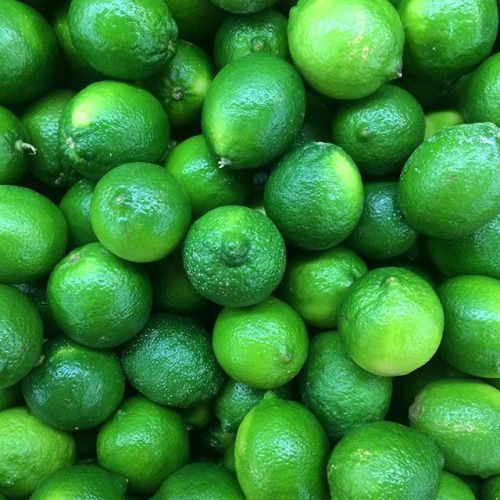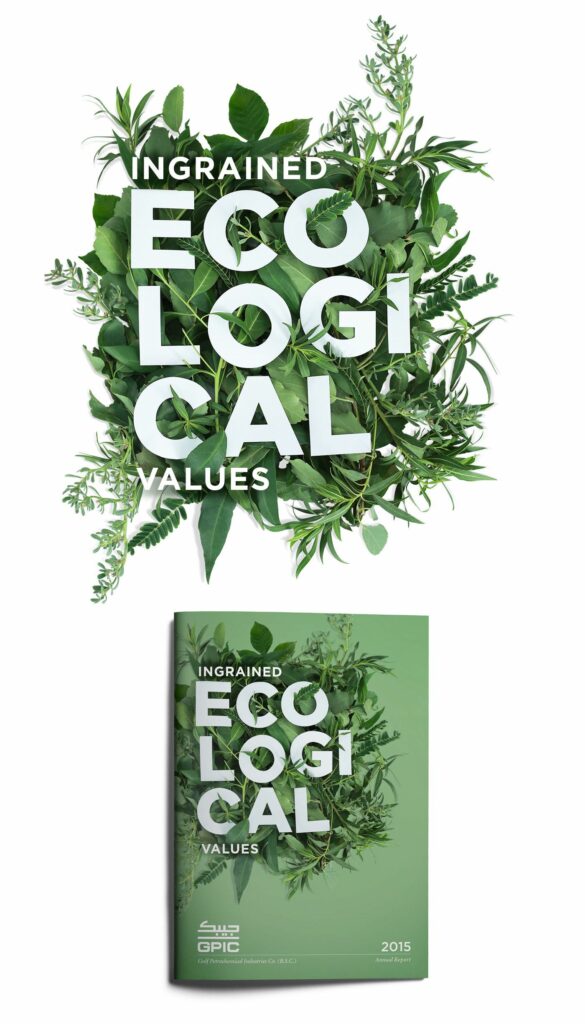The Significance of Green in Aesthetics and Design
Green is a color that has been used in aesthetics and design for centuries. It is a symbol of life, nature, and harmony. The color green has many connotations, both positive and negative, depending on the context in which it is used.
In this article, we will explore the significance of green in aesthetics and design and how it is used to create a sense of balance, tranquility, and sustainability. We will also provide practical examples of how green is used in different areas of design and how it can be leveraged to create visually appealing and functional designs.
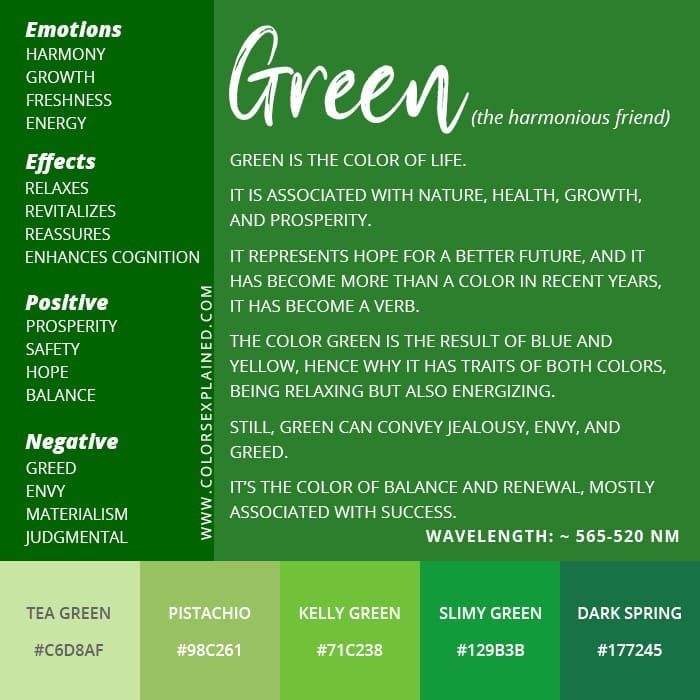
The Psychology of Green
Green is a color that is associated with nature, growth, and harmony. It is a soothing and calming color that is often used in hospitals and other healthcare facilities to promote healing and relaxation. Green is also associated with money, which is why it is commonly used in financial branding.

In aesthetics and design, green is used to create a sense of balance and tranquility. It is often used in combination with other colors to create a natural and organic look. The use of green in design can help to create a calming and peaceful environment, making it an ideal color for interior design, fashion, and other creative areas.
Green in Fashion and Beauty
In fashion, green is often used to create a fresh and natural look. Lighter shades of green, such as mint and sage, are commonly used in summer clothing and accessories. Darker shades of green, such as forest green and emerald, are used to create a more sophisticated and elegant look.
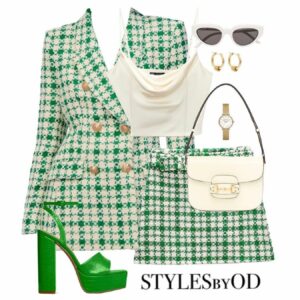
Green is also commonly used in beauty and skincare products. It is known for its calming and soothing properties and is often used in products designed for sensitive skin. Green is also used in natural and organic products as a symbol of sustainability and eco-friendliness.
Green in Interior Design
In interior design, green is used to create a sense of tranquility and balance. It is commonly used in living rooms, bedrooms, and other areas of the home where relaxation is key. Green can be used in combination with other colors, such as white and beige, to create a natural and organic look.
Plants and foliage are also commonly used in interior design to bring a touch of nature into the home. Green plants are known for their air-purifying properties and can help to create a healthy and sustainable living environment.

Green in Graphic Design
In graphic design, green is often used to represent sustainability, nature, and eco-friendliness. It is commonly used in branding for companies that focus on environmentally friendly products and services.
Green is also used in infographics and data visualizations to represent positive values, such as growth and progress. The use of green in graphic design can help to create a positive and uplifting message, making it an ideal color for marketing and advertising.
Conclusion
In conclusion, the color green has a significant role in aesthetics and design. It is a color that is associated with nature, growth, and harmony, and is used to create a sense of balance, tranquility, and sustainability. In this article, we have explored the significance of green in different areas of design, including fashion, beauty, interior design, and graphic design.
By leveraging the power of green, designers and creatives can create visually appealing and functional designs that promote a sense of calm and harmony. We hope that this article has provided valuable insights and practical examples of how green can be used to enhance your aesthetic and design projects. By understanding the psychology of green and its significance in various design fields, you can create designs that are not only visually appealing but also promote positive emotions and sustainable living.
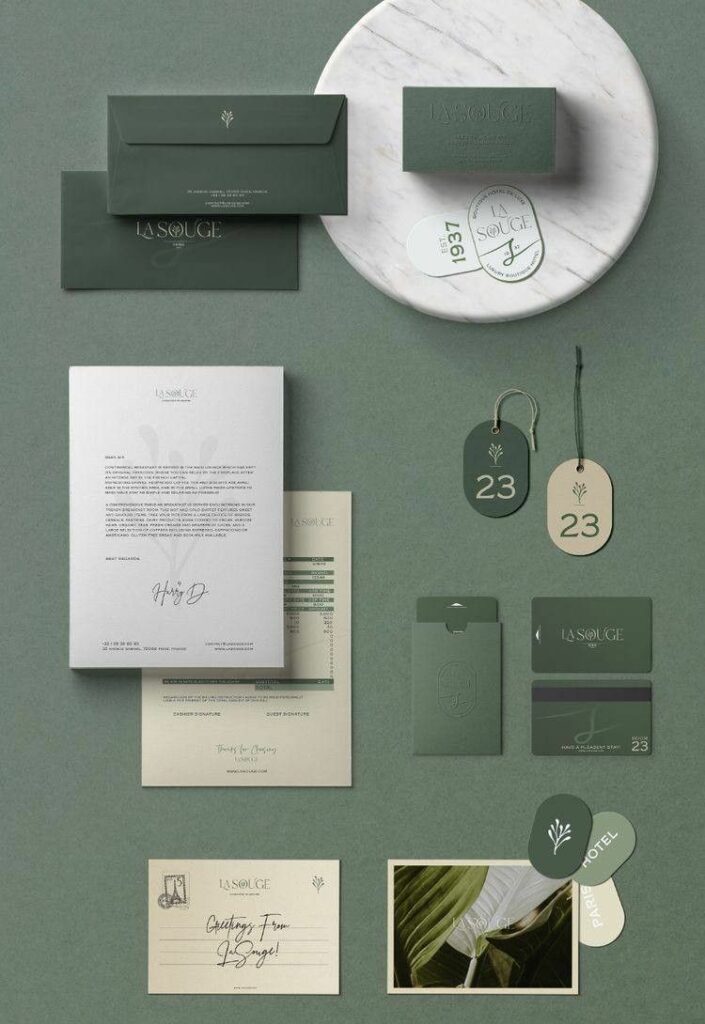
In summary, the use of green in aesthetics and design is a powerful tool that can create a sense of balance, harmony, and sustainability in different design fields. Whether it’s in fashion, beauty, interior design, or graphic design, the color green has a significant role to play in creating visually appealing and functional designs that promote positive emotions and a healthy living environment.
We hope that this article has provided you with valuable insights and knowledge that can help you outrank your competitors in search engine rankings. With a high-quality, comprehensive article like this one, you can leverage the power of green to create designs that are not only visually appealing but also promote positive emotions and a sustainable living environment.
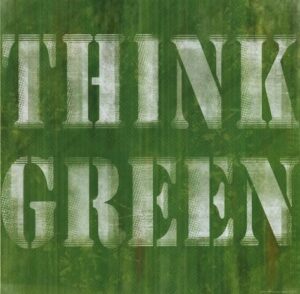
Some interesting articles for your attention:
Stay Ahead of the Game with the Latest Aqua Color Trends
Using Peach Color in Typography Design
Understanding the Red Aesthetic in Color Theory
The Emotional Impact of Colors: Exploring the Psychology of Sunset Color Palette

